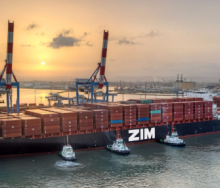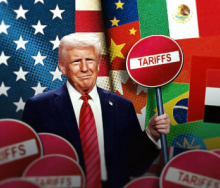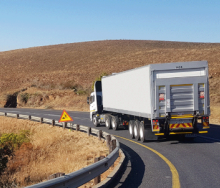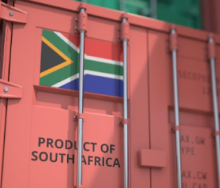The United States has the largest and most profitable freight railway network in the world and demand for freight rail transportation is set to rise by as much as 30% to 40% by 2050.
This is according to a recent report by CNBC, which has highlighted the efficiency and rapid growth of demand for freight rail, which competes fiercely with the local trucking industry.
Economists and analysts have forecast that US consumer demand alone, which has been rising since the summer of 2020, is expected to grow by between 30% and 40% over the next few decades, fuelling demand to transport goods over land. And while the US lags behind the rest of the world when it comes to passenger trains its freight rail efficiency is streets ahead. A total of 140 000 miles of rail network moves roughly 40% of the country’s long-distance freight.
Jason Khuen, Vice President of think tank, Oliver Wyman, told CNBC: “The northern American freight rail network is considered the most efficient and the largest in the world and most profitable.”
Freight rail competes directly with trucking to move cars, coal and chemical cargo, while trains are also increasingly moving consumer goods as the e-commerce boom continues. There are a total of seven major freight rail networks in the US, of which the top-five firms recorded a joint operating revenue of $71,1 billion in 2019.
Freight Waves CEO, Craig Fuller, said while the top four rail firms were “incredibly profitable” and achieving gains they had not experienced in the history of rail in the country, the same was not true for passenger rail. Amtrak, the US’s passenger rail service, which owns just 3% of the rail network and also pays $140 million a year to move passengers on the freight network, has never pegged a profit and continues to generate losses annually.
Apart from its profitability, Freight Rail is also the most environmentally friendly mode of goods transport on land, emitting just 25% of the CO2 emissions of the trucking sector. A train can also move more than 200 containers, making rail far more efficient than road transport.
The rise of e-commerce is fuelling demand for intermodal train transport but organised criminals are now increasingly targeting trains to loot expensive consumer goods. In Los Angeles, FedEx and Amazon boxes have been found strewn across the tracks after criminals targeted the cargo.
Looming changes to the transport sector in the US, such as automated (self-driving) trucks are expected to impact the rail sector, which analysts have described as operating as an oligarchy with “monopolistic power” that commands high prices, despite some government regulation. Automated trucks are expected to drive down costs for labour-intensive trucking businesses by as much as 70%.
John Turner, Vice President of Operations and Planning, Pacific Region, for Parallel Systems a firm that is currently working on developing self-driving trains, said self-driving trucks would be far more beneficial to the trucking industry than autonomous trains would be to rail firms. He anticipates that rail firms will fight the move to autonomous trucks by lobbying the government to ensure the industry is “highly regulated and boxed in”.













